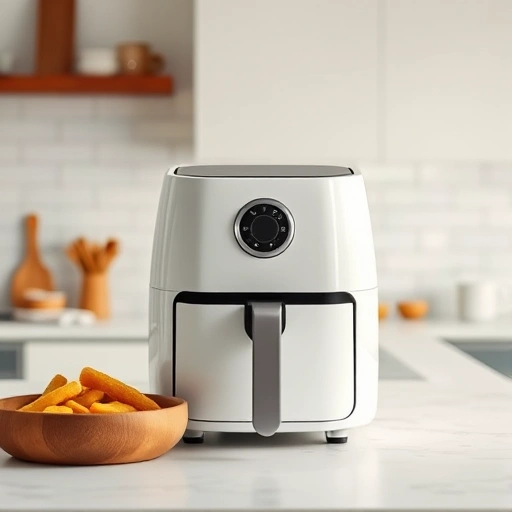
1.0 cups of vinegar equals 237 ml, making it easy to measure for recipes or cleaning solutions. Whether you’re using white, apple cider, or balsamic vinegar, this conversion remains consistent. Accurate measurements ensure your air fryer dishes turn out perfectly every time. For more handy conversions, check out our air fryer conversion chart.
Using the right amount of vinegar is crucial for balancing flavours in marinades, dressings, and sauces. Too much can overpower a dish, while too little may leave it bland. In air fryer cooking, vinegar is often used to tenderise meats or add tang to glazes. For example, our air fryer chicken recipes often include vinegar for extra juiciness.
Vinegar also plays a role in cleaning your air fryer, helping to dissolve grease and remove odours. A 1:1 mix of vinegar and water (237 ml each) makes an effective natural cleaner. Visit our guide on air fryer cleaning tips for more details.
Different vinegars have unique flavours and strengths, but their ml-to-cup ratio stays the same. White vinegar is great for pickling, while balsamic adds depth to roasted vegetables. Apple cider vinegar works well in marinades for air fryer chicken dishes.
If your recipe calls for a different amount of vinegar, here’s a quick reference: 0.5 cups = 118 ml, 2 cups = 473 ml. These conversions are handy when scaling recipes up or down. For baking, precise measurements ensure your cakes and breads rise properly. Try our air fryer cake recipes with perfectly measured ingredients.
Measuring liquids like vinegar in ml is more accurate than using cups, especially in smaller quantities. A digital kitchen scale can help, but a graduated measuring jug works too. Always measure at eye level for the best accuracy.
One mistake is confusing fluid ounces with ml—remember, 1 cup = 237 ml, not 240 ml. Another is using a dry measuring cup instead of a liquid one, which can lead to slight inaccuracies. For consistent results, stick to ml measurements where possible.